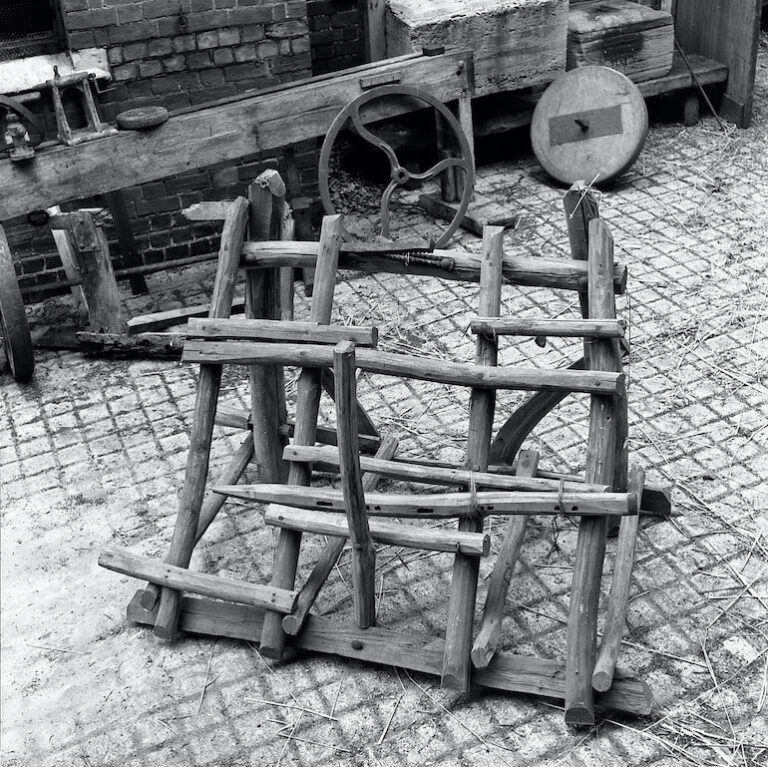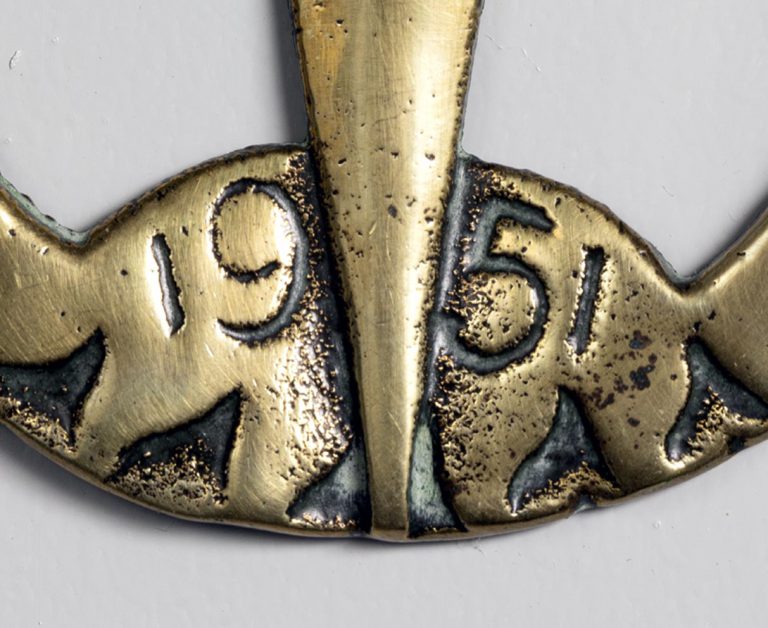Wagon Walk
This gallery includes the bulk of our wagon and cart collection, and includes a rich selection of archives and objects. We reveal the detailed and personal stories about these vehicles and their place in the wider history and culture of rural England.
The MERL Google Streetview Tour
Number of Objects
176


